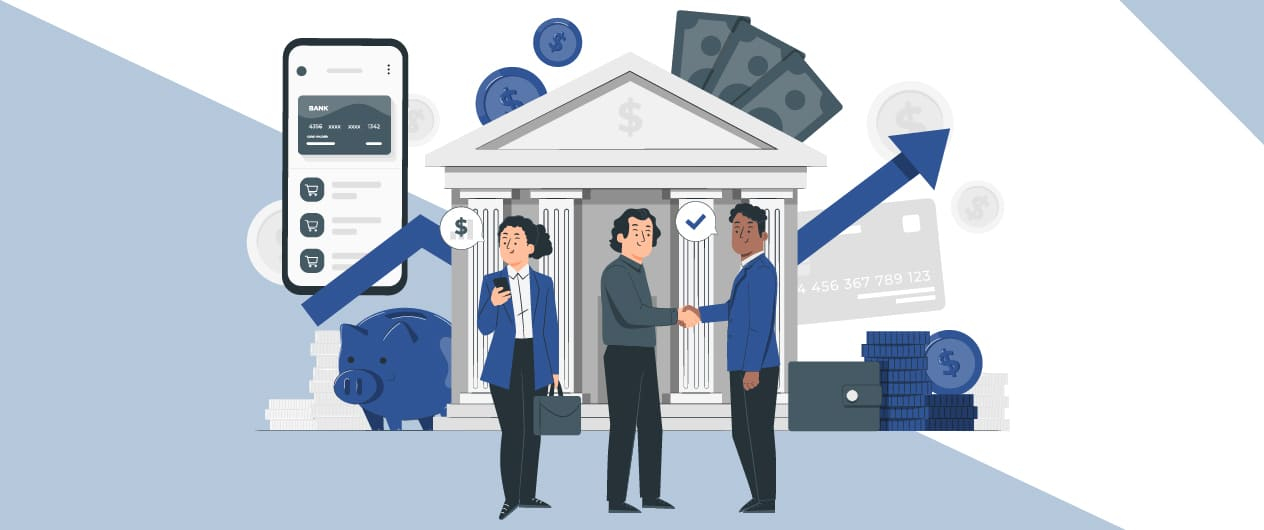Challenges
A key challenge for banks across the globe would be rising interest rates. With the U.S. Fed likely to hike rates further and keep them steady in 2023, Kuwait Central Bank is expected to follow suit. But unlike other GCC countries, the response to US Fed hikes has lagged primarily due to the fact that Kuwait Dinar is pegged to a basket of currencies and local inflation scenario. Increasing interest rates will likely have a bearing on credit growth. Further, due to a possibility of a recession in certain regions, global economic growth is expected to slow down in 2023. The knock-on effect could be felt in Kuwait, resulting in reduced economic activity, thereby reducing the demand for credit. This can already been seen in GDP growth projections for 2023 by IMF at 2.6% compared to 8.7% for 2022.
Dependence on oil has been a major challenge for Kuwait, with nearly 90% of its export revenue coming from oil. Given the high fluctuation in oil prices in the past few years owing to geopolitical tensions, anticipated economic downturn in the near-term impeding oil demand and considerably high budget deficit projected in 2023, the passage of Debt law might aid the country to raise finance from the capital market during periods of low oil revenues. This would help fund capital expenditure and prevent the erosion of Kuwait’s reserves.
Opportunities
The new mortgage law, to be implemented by Central Bank of Kuwait (CBK) is expected to serve as a positive opportunity for Kuwait banks. The law states local banks will be able to provide a mortgage loan up to KD 140,000, and the government will pay the interest for the first KD 70,000 on behalf of the borrower (for citizens only). This would help drive credit growth from the retail side. The revival in Real Estate & construction sectors helped drive credit growth in the corporate segment during 2022. Given higher interest rates and a weak global economic backdrop, credit growth from the corporate segment is expected to soften in 2023 but remain resilient.
On the digitization front, Kuwaiti banks have an opportunity to invest and implement technological solutions that could provide better customer experience and improve the efficiency of operations for the banks. Banks in Kuwait have made digitization as one of their top priorities in recent years, launching a suite of new digital products in addition to leveraging technology to reduce cost of operations. The Central Bank has also been supportive in this regard, using their regulatory sandbox to facilitate the testing of new products. Central Bank of Kuwait has received and been evaluating requests from different alliances for a digital banking license. With several digital banks already cropping up in the region, we could see further neobanks operating in Kuwait. Open Banking and products such as Buy Now Pay Later are still being evaluated by the Central Bank.
Consolidation Scenarios
The GCC banking sector has witnessed consolidation in the past five years, with the formation of larger and stronger banking institutions. Post the acquisition of AUB, KFH and NBK have more than 50% market share in Kuwait (based on assets), placing them in a strong position compared to their competitors. Considering the increasing competition, we can expect further consolidation moving ahead. Gulf Bank and Al Ahli Bank are already exploring the possibility of a merger, with both banks signing an MoU to start the due diligence process.
Regulatory Developments
The Central Bank of Kuwait has supported Kuwait’s financial sector by providing a conducive environment to launch financial products on par with developed markets. CBK has provided approvals to test Open Banking and Buy Now Pay Later products in its regulatory sandbox environment with a view to launch them in the local markets. The Central Bank is also expected to grant further digital bank license, which could shape the next phase of development in Kuwait’s banking sector.
Read our recent Reports on Banking Industry
5 Digital shifts impacting KSA banks
GCC Banks - Making Them Digitally Ready
Kuwait Banking Reports
KFH-AUB Merger - How will it change Kuwait’s Banking Landscape?
Kuwait Banking Sector Outlook 2020
Stay Tuned To Marmore MENA Insights!
Never miss a patch or an update with Marmore's Newsletter. Subscribe now!
Related Article
The uptick in MENA Eurobond issuances – A sign of things to come?
MENA debt issuances have touched record highs in Q1 2025. Will the uptick continue in subsequent quarters?
Read MoreKuwait’s Approval of Public Debt Law: Re-emerging on Investors’ Radar
Kuwait has passed the long-awaited debt law in March 2025. The blog explores the importance of the law, the expected benefits and outlook for the countrys return to debt markets.
Read MoreThe Dynamic Rise of Fintech in the GCC
The convergence of technology and finance is reshaping the GCC Financial Ecosystem. The blog explores key players, regulatory framework and market dynamics of Fintech in the GCC region.
Read MoreTags
No Tags!





